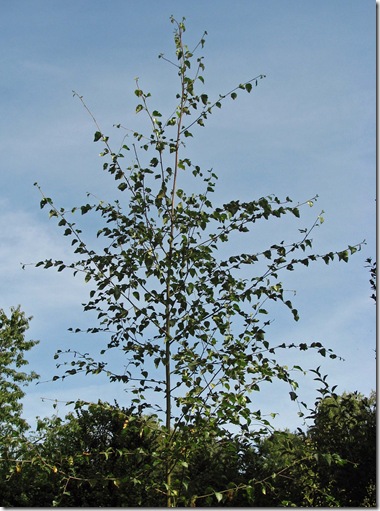A quiet moment in Emthree on this our 50th wedding anniversary, the golden wedding. The rowan and spindle to the east are full of ripe, or ripening, berries.
It was a sultry afternoon and the ants decided to swarm. At first I caught sight of a glitter of wings on my sempervivum tufa rock that sits above the stump that collapsed under me the other day and that the wrinkled ant queens, males and workers were coming up from there.
Some 15 minutes later, when I was sitting down again I heard an almost continuous rasgueado of feathers from the side of the ancient yellow meadow ants’ nest to the east of Emthree. A non-stop flight of queens and males were heading up into the sky southwards from the hill and the bristly scraping sound was coming from a young blackbird that was enthusiastically anting by gathering the unfortunate insects in his beak and rubbing them under his feathers.
After a few photos I returned to my seat only to discover a new congregation of the same species of ant milling about on Butterfly Rock. All these flight episodes began and ended very rapidly – 15 or 20 minutes maybe – and it is one of the very few times I have seen the yellow hill makers out in the sunshine in any numbers.
So far as I could make out the males are small and black (see top right of the picture, on the leaf) and the queens much larger with black thoraxes but yellowish bodies both in contrast to the wholly yellow wingless workers.

